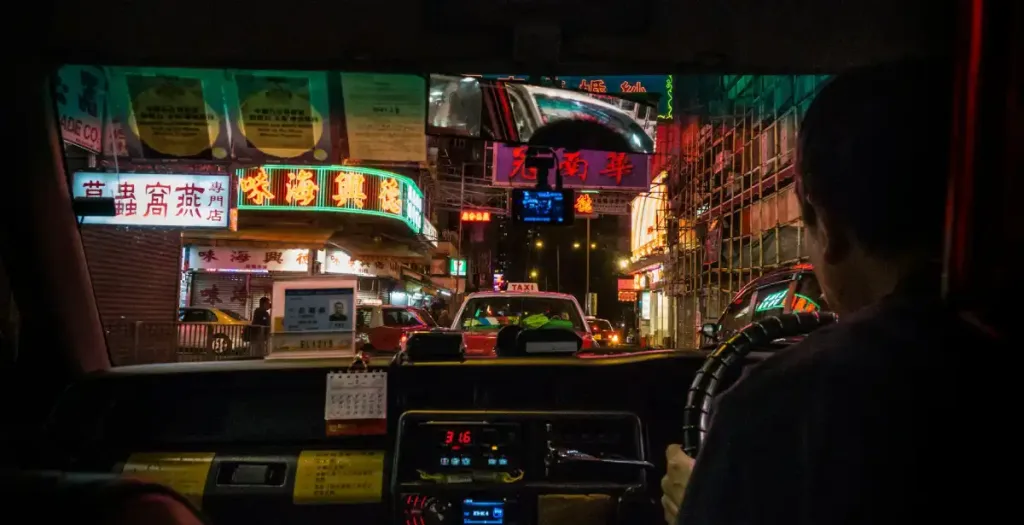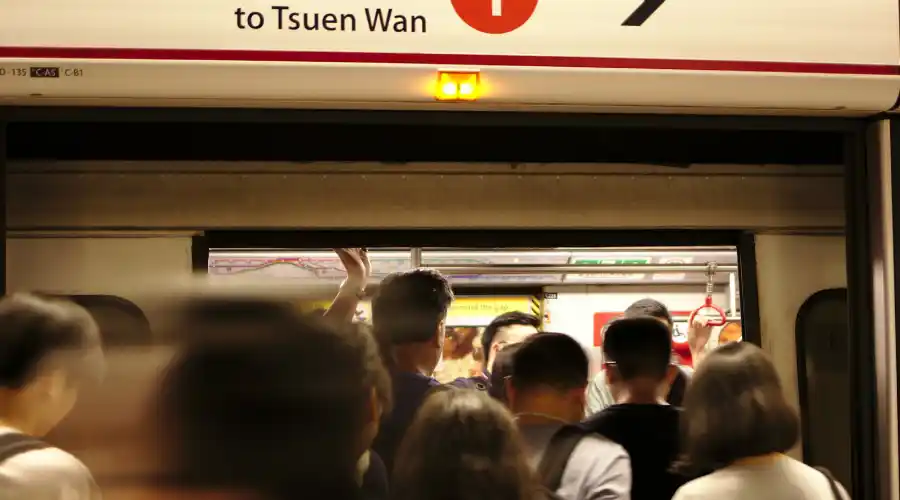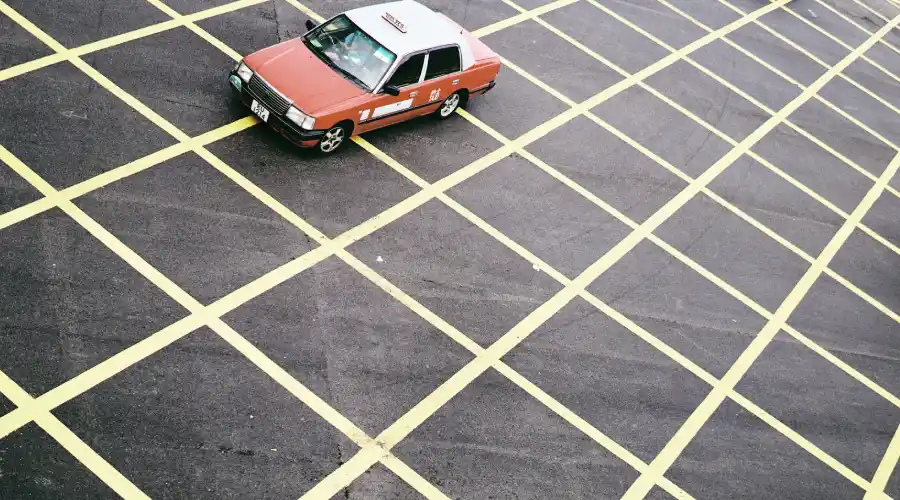How to get around Hong kong

The streets of Hong Kong offer a journey like never before, especially since you’re going to be navigating through a metropolis of people and places just waiting (for you) to be explored. With so much to do and see, it’s a good question to consider – how will you manage your (limited) time to visit the city and experience everything you’ve come here to see? Fortunately, Hong Kong’s comprehensive transportation system offers you the perfect solution. Fortunately, the Hong Kong public transport system offers you the perfect solution.
From the MTR’s Subway and Train to buses and taxis, there are countless Hong Kong transportation options for the average tourist, and any of these will help you when traveling around Hong Kong. In fact, whether you’re used to traveling or a complete newbie to Hong Kong’s majestic welcome, the transportation infrastructure is happy to help you through your journey.
Hong Kong Subway and Train
The MTR corporation operates the Hong Kong subway and train and is considered (by some) to be one of the best in the world. It offers a vast network of routes and stations, allowing travelers to experience this city in depth. It’s also important to note that it’s foreigner-friendly, with many English navigation tools, allowing you to move through the area without worry.
Hong Kong Subway and Train Map
The Hong Kong Train Map refers to an intricate network of lines that move throughout Hong Kong, numbering a total of over 150 stations along nine main commuter lines, which include the Kwun Tong Line, the Tung Chung Line, the Tuen Ma Line, and the Disneyland Resort line, among others. Additionally, the Airport Express line is a particular option for those who seek to travel directly to the airport on one of the fastest connections to the destination.
These lines service destinations and tourists, offering access to business districts, residential areas, and even the most popular tourist attractions. Furthermore, the MTR system operates mainly underground, though certain sections run above ground. All in all, they provide commuters with a great travel experience.
Hong Kong Subway and Train Schedule
The MTR works from early morning at 6 A.M. to late night at 1 A.M. Each train runs every few minutes (two to six minutes between arrival). For some districts or lines, the timing of the arrival of trains may differ, but the general time between trains tends to be under ten minutes. However, it must be remembered that peak times – though with more crowds – tend to have trains run more frequently, allowing you to get to your destinations on time.

Hong Kong Subway and Train Tickets
For travel on the MTR system, it’s recommended that one chooses to buy and use the Octopus card, which makes travel much easier and financially feasible, especially if you intend to use the MTR multiple times throughout the visit. However, day passes and single tickets are available. For a single journey ticket, a regular rate applies to adults but depends on the distance you travel, making it range from several possibilities. The same ticket has a concessionary option for children and senior citizens.
Octopus Card Hong Kong
If you choose to use the Octopus card, however, you can take advantage of a level of convenience that single tickets – which must be purchased constantly, cannot afford you. Octopus cards are contactless stored value cards that allow you to prepay for your travel, like a debit card. It started in 1997, and though it was first only used for transport, the application has now extended to retail to an extent.
The initial deposit – which acts as payment and a safety valve for up to HK$35 in case of negative value usage – for the Octopus card is HK$50. The initial stored value required for a child (aged 3 to 11) is HK$50, as well as for a senior citizen (aged 65 and above), while it is HK$150 for an adult.
The Octopus card becomes inactive without transactions for over three years, and you may be liable to pay the inactive administrative fee. However, it can be returned, and the initial deposit can be collected if you no longer need it.

Hong Kong Bus
The Hong Kong bus system is another great option for traveling around Hong Kong. It covers almost every section, district, and neighborhood except for some islands toward the edges. These buses are a great option for travelers who want to take this chance to move comfortably and affordably around Hong Kong and discover different parts of the city, especially as this is a frequently serviceable transport option.
Hong Kong Bus Map
The Hong Kong Bus service areas can be found all over the city, including Kowloon, the New Territories, Lantau Island, and Hong Kong Island. The main routes can be constantly confirmed on the bus and outside using the route numbers displayed. However, the most popular routes include So Uk Estate to Star Ferry, Kennedy Town to North Point Ferry Pier, and Hong Kong International Airport to Hung Hom.
Hong Kong Bus Schedule
Most buses in Hong Kong run from 5 A.M. to 1 P.M. the next day, but night travelers don’t have to worry – night buses also operate in the city. They run from midnight to 6 A.M., allowing for some overlap to account for any misses.
Hong Kong Bus Tickets
As for the MTR, the fare for Hong Kong bus tickets is calculated according to distance and can range from HK$8 to anything up to HK$80. Most of these are self-service bus terminals, and change won’t be given, so remember to carry the exact change, or, to enjoy a safer and simpler way, use the Octopus card, which also, incidentally, offers users a discount.
Hong Kong Taxi
Hong Kong taxis account for many travelers, and considering the proliferating usage, the number of active taxis exceeds 18,000. The color of these taxis also tends to divide the areas, with red frames for urban taxis, green for New Territories taxis, and blue for Lantau. These then operate in different areas, but all account for the best taxi service in Hong Kong.
Hong Kong Taxi Price
The taxi ride cost in Hong Kong is calculated according to the distance traveled as measured against waiting time incurred and so on. The taximeter attached to the car automatically and objectively confirms your cost. Generally, however, the first two kilometers cost HK$27, with every subsequent 200 meters accruing HK$1.9 and every 1-minute waiting time accruing HK$1.3. Additional costs are accrued in the circumstances with luggage and booked hirings.